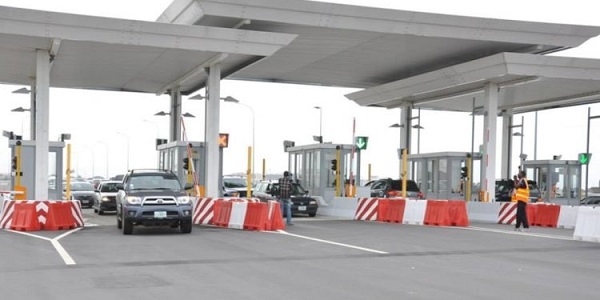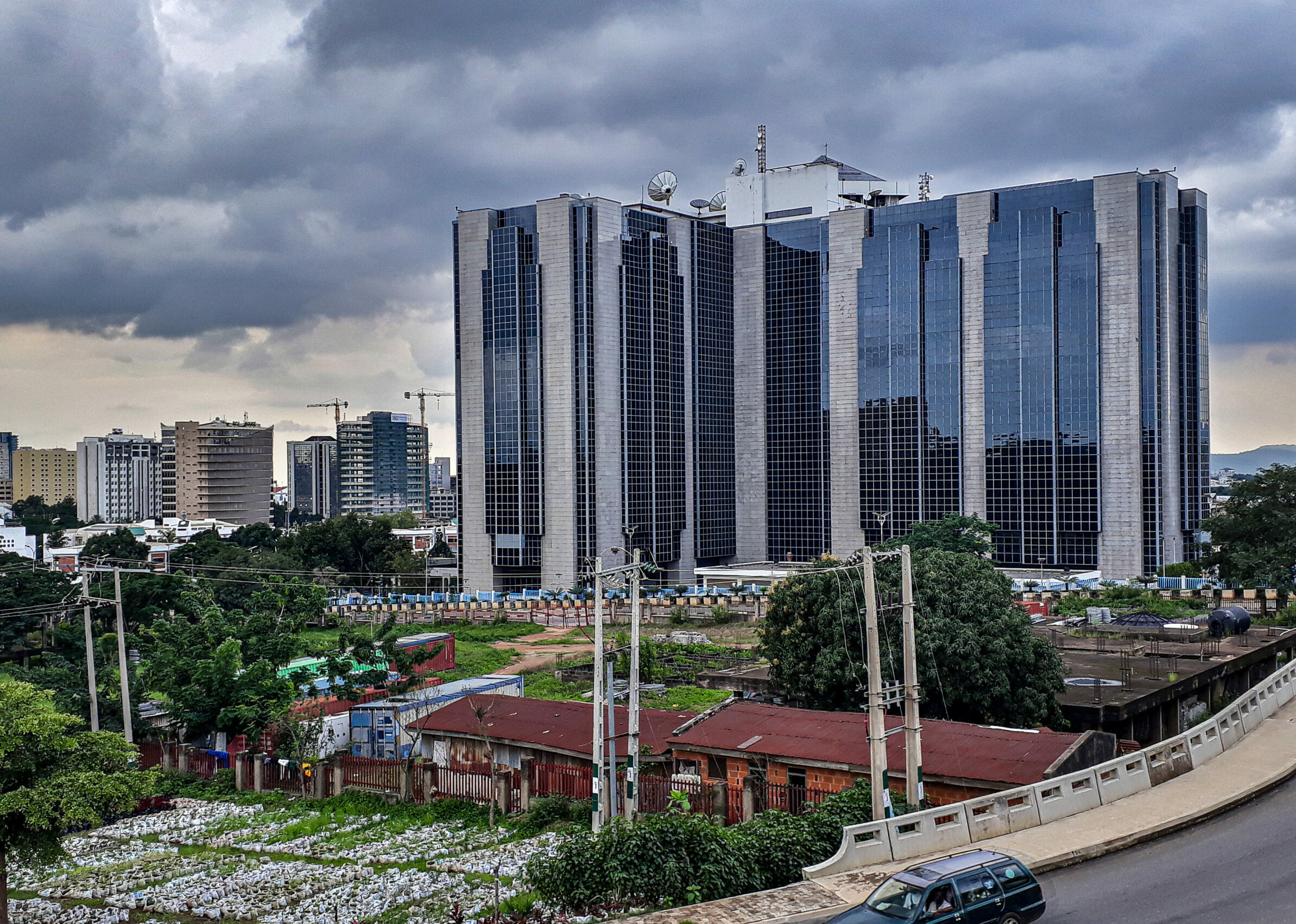Cuba Joins Canada, Mexico, Argentina, Thailand, India, Sri Lanka, and Turkey as E-Visas Become the New Norm for International Travel
Monday, May 26, 2025

Cuba is joining a growing group of countries—Canada, Mexico, Argentina, Thailand, India, Sri Lanka, and Turkey—by making electronic visas the new norm for entry, replacing old systems with digital pre-approvals that start before travelers even step on a plane. Starting July 1, 2025, the country will scrap its familiar paper tourist card and roll out a mandatory e-visa requirement for all visitors, pushing itself into the same league as nations that now rely on early online screening to tighten security, reduce airport delays, and stay ahead in a world where border control begins long before arrival. It’s part of a broader shift that’s changing how international travel works—quietly but decisively—country by country.
Cuba’s paper tourist card was once a staple of travel agencies and airline counters across North America. For decades, travelers—especially Canadians—could count on a system that was simple, if a little outdated: a perforated slip of paper, stamped and tucked into your passport, was all you needed to enjoy the island’s sun and music.
That ends this summer.
As of July 1, every visitor must secure an before arrival. It doesn’t matter whether you’re going for two weeks or two months—if you’re not holding that digital approval, you’re not getting in. The process costs , and once issued, the e-visa allows for a , with the possibility of a one-time extension to . Canadian travelers flying with may find the e-visa bundled into their ticket cost, as those carriers are expected to handle the paperwork behind the scenes. Everyone else, particularly those connecting through the , will need to apply directly at evisacuba.com or through a consulate.
There’s also a second step: even with a valid visa, travelers must complete Cuba’s online at least . It’s not optional. And if your or you don’t have proof of medical insurance and a return flight, you could still be denied entry. For a country that once offered frictionless, retro-style travel, Cuba is now firmly planting itself in the digital age.
Canada doesn’t call it a visa, but its is a gatekeeper in all but name. Since 2016, travelers from visa-exempt countries—including most of Europe—have been required to apply online before flying into Canada. It’s quick, costs , and is usually approved in minutes, but without it, your boarding pass won’t print.
For Canada, the eTA wasn’t just about efficiency. It was a subtle way to modernize border control without the political baggage of adding new visa rules. For travelers, it meant one more thing to remember. For border officers, it meant knowing more about who was arriving before the plane ever touched down.
Now, with countries like Cuba following suit, Canada no longer looks like an early adopter. It looks like the blueprint.
Unlike some of its neighbors, —but don’t mistake that for laxity. Over the past few years, Mexico has steadily rolled out for travelers from countries that once enjoyed simple, open access. Citizens of , and others have been surprised to find they now need to secure or provide extensive documentation, even with confirmed flights and hotel bookings.
Meanwhile, immigration checkpoints in places like and have gotten stricter. Officials now routinely ask for proof of accommodation, return tickets, and even cash flow statements—steps that once only applied to land crossings or flagged nationalities. While Americans, Canadians, and many Europeans still enjoy visa-free access, Mexico’s direction is clear: it’s tightening control, and .
Argentina’s didn’t get much international press when it launched, but for travelers from certain countries, it changed everything. Instead of assuming automatic access based on visa waiver agreements, these travelers now must , submit travel details, pay a fee, and wait for approval. It’s fast—usually within 30 minutes—but it’s required, and failure to obtain it means you’re not getting on the plane.
Argentina’s strategy reflects a shift in mindset. Rather than creating more traditional visa barriers, it’s quietly , to know who’s coming and when. For a country heavily reliant on tourism but cautious about border security, the AVE hits the sweet spot.
Thailand has taken a slightly different route by expanding its program. Instead of requiring advance approval from all visitors, it focuses on streamlining the process for those who would otherwise need a visa after landing. Travelers from dozens of countries can now go online, upload documents, pay a fee, and receive pre-clearance—all before stepping onto Thai soil.
This shift has dramatically reduced wait times at immigration counters in Bangkok and Phuket. The government has hinted at broader digital reforms ahead, but even now, the e-visa-on-arrival is an example of how a country can .
India doesn’t just offer e-visas—it runs one of the largest digital visa programs in the world. The system covers more than , allowing travelers to apply online for tourist, business, medical, and conference visas. The entire process, from form submission to approval, is completed online, often within 48 hours.
Unlike many systems, India’s e-visa also includes biometric data collection on arrival, adding a second layer of verification. For one of the world’s most visited and populous countries, it’s a logistical feat. India’s e-visa model has been studied—and in some cases copied—by governments looking to reduce paperwork without sacrificing control.
Sri Lanka was early to the digital game, launching its platform back in 2012. Most visitors—regardless of country of origin—are now required to apply online and receive approval before traveling. The form is brief, and approval often comes within the day.
What makes Sri Lanka’s approach notable is how seamlessly it integrated the ETA into its tourism infrastructure. Hotels, airlines, and tour operators routinely remind visitors to complete the process, and the government keeps the system simple enough to avoid confusion. Even during political instability and economic disruption, the ETA has remained a quiet constant.
If any country helped normalize the e-visa concept, it was . Its online visa platform—launched in 2013—was one of the first to offer a truly frictionless experience. Travelers from over 100 nations can apply online, pay a modest fee, and receive their visa within minutes.
That simplicity made a difference. Turkey saw a surge in tourism within a year of launching the system, and it wasn’t just because of better marketing. The e-visa allowed people to skip embassy appointments, avoid queues, and focus on travel—not paperwork. Today, Turkey’s system remains one of the most efficient in the world.
From Havana to New Delhi, from Bangkok to Toronto, a quiet revolution is taking place. Countries are moving away from rubber stamps and visa stickers, replacing them with digital approvals and algorithm-backed pre-screening. The reasons vary—security, speed, cost, control—but the result is the same: travel has changed at the border level, and it’s not going back.
For travelers, this means one thing: prepare early. What once took five minutes at an airport kiosk now starts weeks in advance, and a missed email could mean a missed flight. For countries like Cuba, joining the e-visa world is more than a policy update—it’s a signal that the rules of travel have changed.
And now, they apply long before you ever reach the airport.












